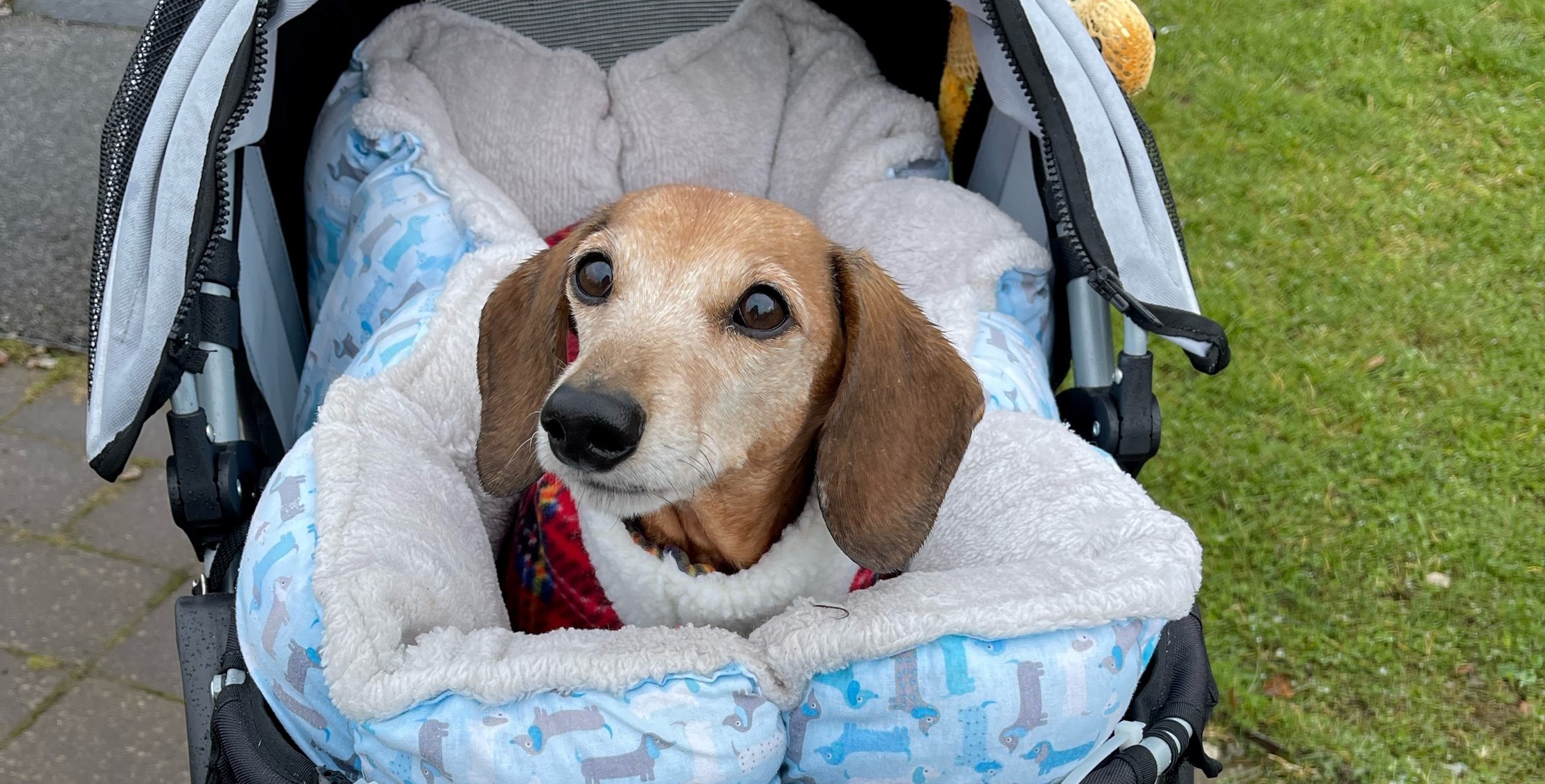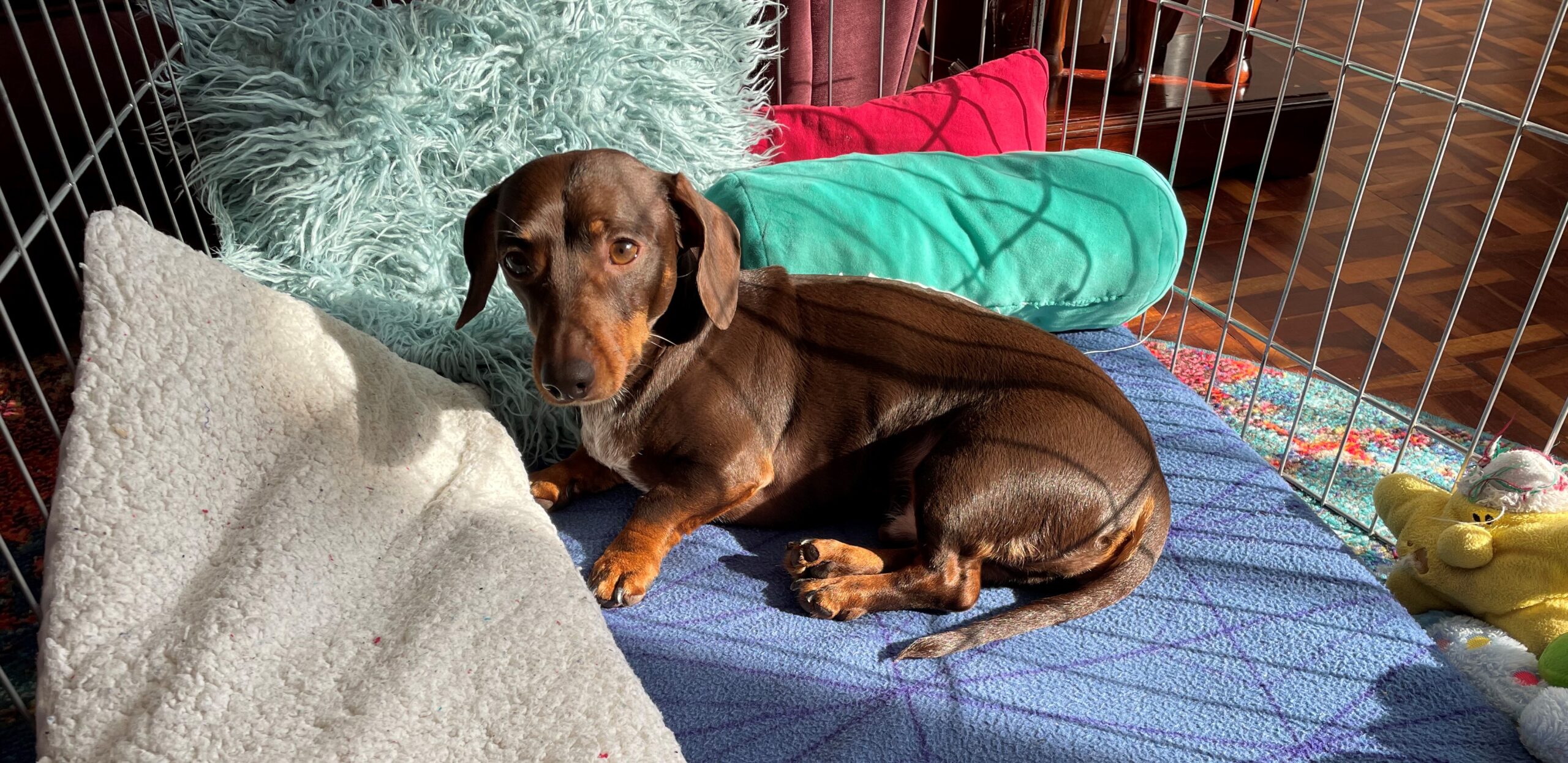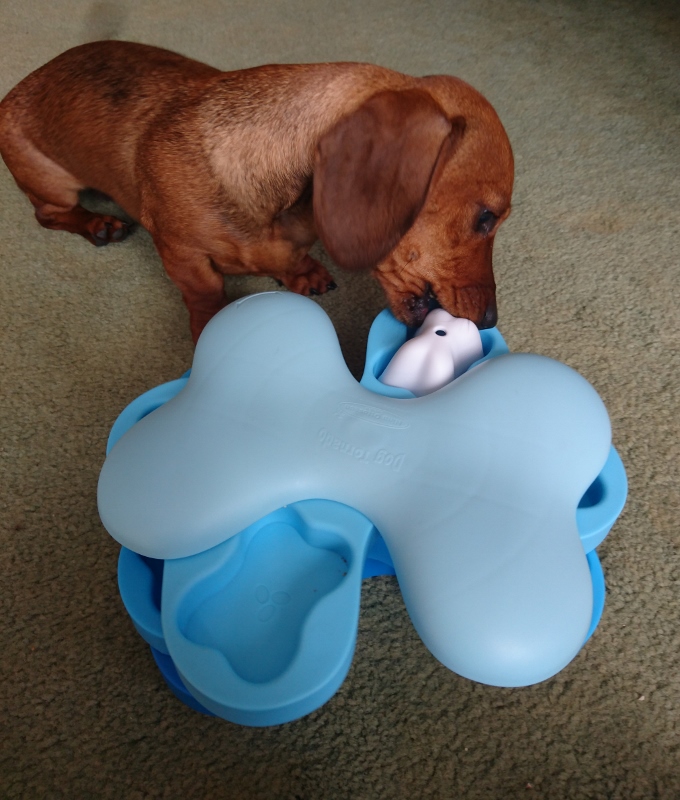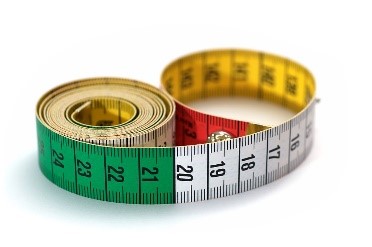If your dog has IVDD, the main treatment options are surgical and non-surgical. You might be […]
Are you and your recovering dog feeling bored and fed-up? Dogs must not run around or […]
Top tips for walking with your recovering dog Your dog needs to walk slowly after injury or […]
Why have we been measuring dogs? The recovery crate, pen or room must offer sufficient space […]
I don’t have enough time for crate introduction. What should I do? It is best to […]
Introduction to the recovery crate: Method 2 It is always best to introduce your dog to […]
Our recovering pets cannot be expected to understand why they are not allowed to go for […]
Soft bedding will help keep your dog warm and encourage rest. Include items that smell familiar […]
Good non-slip footing will help your dog to recover more safely. Check to make sure that […]




